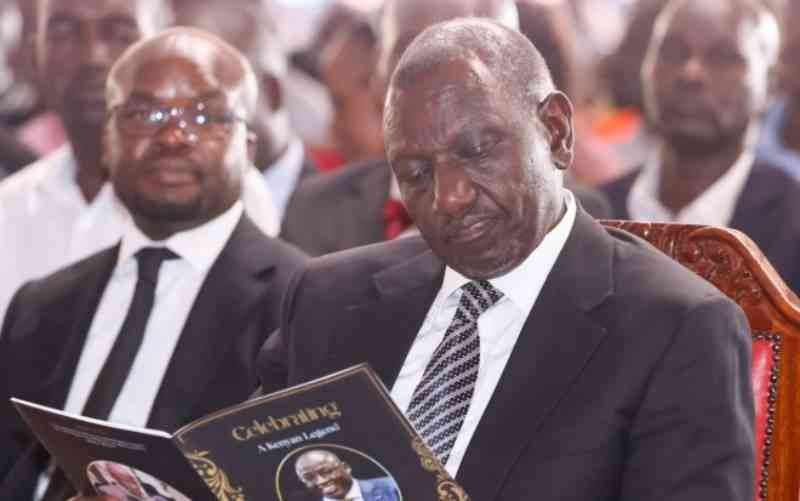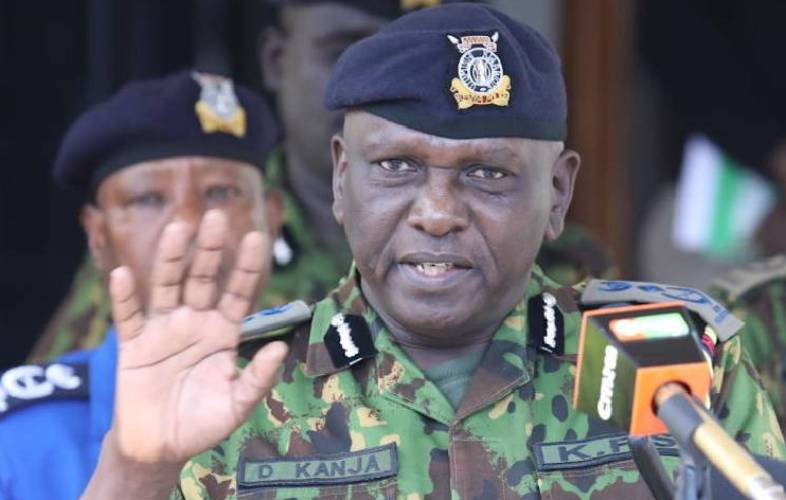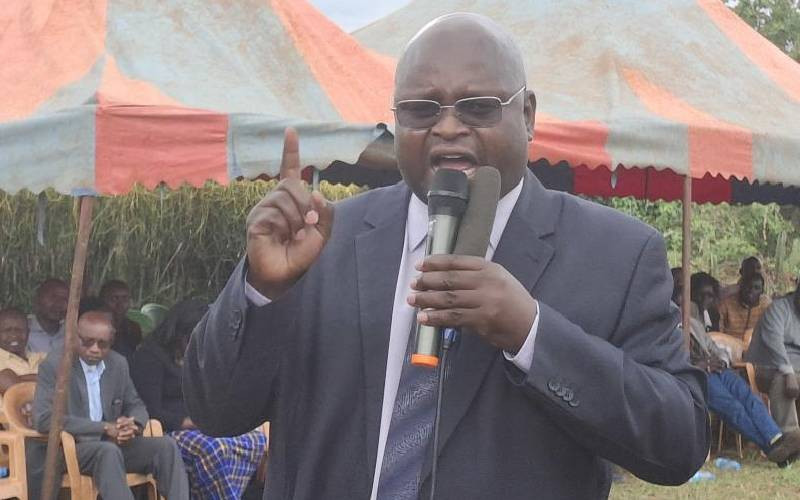On a quiet evening in September 2012, a police raid in Nairobi uncovered a chilling cache of terror: four explosive vests, AK-47s, grenades, and improvised explosive devices (IEDs).
The men arrested that night — Omar Abdi Adan, Musharaf Abdalla, and Abdimajid Yassin — were linked to a foiled plot to attack Kenya’s Parliament, a strike that could have paralysed the heart of the nation.
Months of meticulous intelligence work culminated in their arrest, leading to charges before a chief magistrate’s court.
In 2012, the court convicted them of conspiring to commit terrorist acts and possessing an illegal arsenal — including four suicide vests— sentencing them to a combined 81 years in prison.
This landmark ruling was hailed as one of Kenya’s most significant counterterrorism victories, showcasing the State’s ability to thwart a catastrophic attack.
The convictions rested on robust evidence: forensic analysis confirmed the suspects’ fingerprints on the seized weapons, resembling those used in later Al-Shabaab attacks.
Surveillance footage captured them conducting reconnaissance near Parliament, while intercepted communications referenced a “strike at the heart of Kenya’s government”. For 13 years, their convictions stood as a testament to effective counterterrorism.
The September 2012 police operation unfolded with textbook precision.
Acting on intelligence developed over months, officers stormed a nondescript Nairobi residence, uncovering two travel bags containing a deadly arsenal: four explosive vests, four AK-47 rifles, 12 grenades, and two IEDs—enough firepower to devastate a city block.
However, on June 13, 2025 Justice Grace Nzioka delivered a bombshell ruling in a virtual courtroom, overturning the chief magistrate’s decision.
She acquitted Adan and Abdalla, citing the prosecution’s failure to prove beyond reasonable doubt their actual possession of the weapons or mens rea (criminal intent) in the alleged plot.
Yassin’s 59-year sentence was reduced to seven years, equivalent to time served.
Unless the Office of the Director of Public Prosecutions (ODPP) secures an emergency stay by this afternoon, all three could walk free.
The acquittal exposes a stark divide between legal standards and counterterrorism realities.
The magistrate saw clear evidence of a dangerous cell, but the High Court identified procedural gaps: no eyewitnesses directly linked the suspects to the bags at the moment of arrest, and no explicit messages confirmed an attack order.
Stay informed. Subscribe to our newsletter
The cell’s sophisticated tradecraft—compartmentalised communications and a clean safe house—created enough reasonable doubt to unravel the case.
The High Court’s judgement highlights the fragility of Kenya’s counterterrorism prosecutions, a recurring challenge in balancing legal rigour with national security.
The 2012 case’s reversal raises questions about the admissibility of intelligence-driven evidence in court, where forensic and surveillance data may not meet stringent legal thresholds.
Critics argue the judgement could embolden terror networks, especially as Al-Shabaab remains active.
A February 2025 post on X noted a surge in Al-Shabaab activities in northeastern Kenya, including assassinations and kidnappings, signalling evolving tactics.
The ODPP now faces pressure to strengthen its appeal, with prosecutors arguing that releasing the men would “irreparably compromise national security.

























